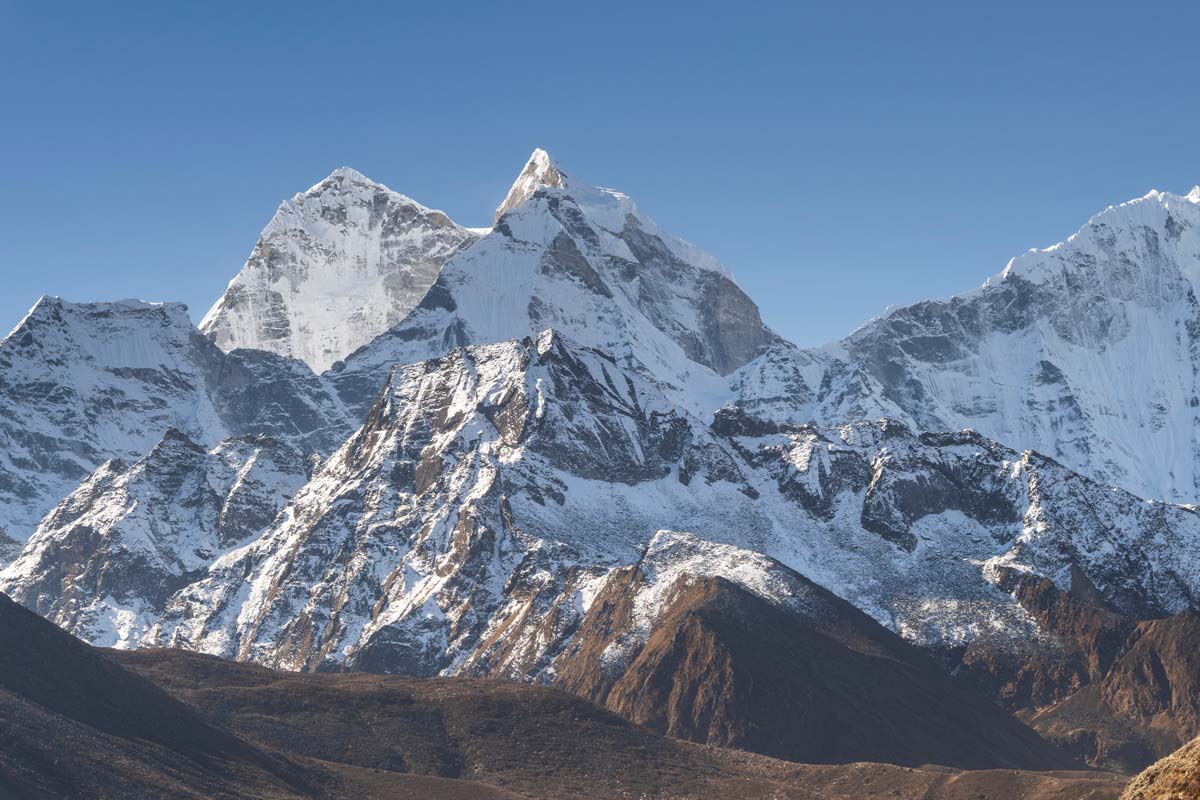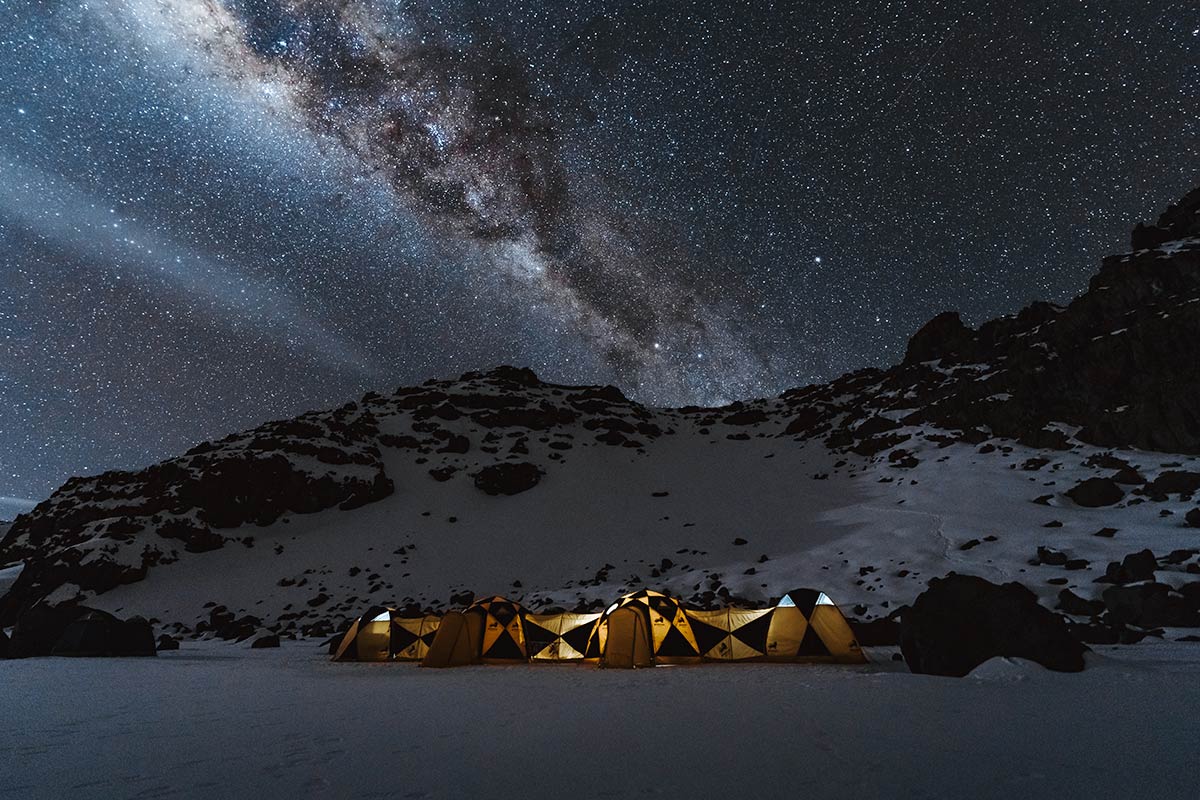The UIAA Medical Commission hosted its annual meeting in Kathmandu, Nepal in mid November, an occasion which coincided with the biennial XII World Congress on Mountain Medicine, attended by 420 clinicians from all around the world, run by the International Society for Mountain Medicine and organised by the Mountain Medicine Society of Nepal.
One of the core achievements of the Commission this year was the publication of its high-altitude paper on diabetes, more details are provided below.
During the meeting, the resignation of President George Rodway (AAC, United States) was confirmed. The UIAA thanks George for his efforts since becoming President in 2016. Vice-President, and former Commission President, David Hillebrandt (BMC, UK) will assume the role of acting President until a new long-term President is elected.
MedCom, represented by 16 of its members, dedicated most of the meeting to planning and preparing future advice papers. These may include a paper on telemedicine and an update to the paper on how to check the quality of a commercially organised trek or expedition. Close partner, ICAR MedCom, was able to join part of the meeting which focused on rescue and mountain medicine education on Kilimanjaro. The UIAA MedCom’s rich library of content includes an advice paper dedicated to Africa’s highest mountain.
UIAA MedCom publishes groundbreaking Diabetes paper
In August 2018, the UIAA Medical Commission produced its latest high-altitude medical advice paper titled Recommendations for Mountaineers, Hillwalkers, Trekkers and Rock and Ice Climbers with Diabetes. Written by David Hillebrandt, Anil Gurtoo, Thomas Kupper, Paul Richards, Volker Scho ̈ffl, Pankaj Shah, Rianne van der Spek, Nikki Wallis and Jim Milledge, the paper unites a consensus view of experts from different countries, cultures and health systems.
“The Diabetes publication is another in our series on individual diseases or groups of diseases following papers on cardiovascular conditions, neurological disorders and eye problems. These individual papers replaced our much earlier paper which discussed different pre-existing medical conditions,” explainsDavid Hillebrandt. “The Diabetes paper is an unusual medical publication since in one paper we are giving advice for the lay climber and also more technical information for medical professionals. It is also useful for guides or trip leaders taking diabetic clients in to the hills.”
As the paper’s intro states, more and more people are participating in mountain sports across the world. However, with the world’s life expectancy increasing, greater numbers of people are also suffering with pre-existing medical conditions, with diabetes among the fastest growing conditions worldwide. As such, those travelling to remote mountainous areas require advice and information on self care in order to be able to enjoy their activities in a safe manner.
The object of this advice paper, which took around four years to complete, is not only to give the diabetic mountaineer general guidance but also to inform his or her medical team of practical aspects of care that may not be standard for non-mountaineers. The guidelines are produced in seven sections. The first is an introduction to the guidelines, the second is an introduction to this medical problem and is designed to be read and understood by diabetic patients and their companions. The third section is for use in an emergency in mountains. The fourth is for rock, ice, and competition climbers operating in a less remote environment. These initial sections are deliberately written in simple, accessible language. The fifth and sixth sections are written for clinicians and those with skills to read more technical information, and the seventh looks at modern technology and its pros and cons in diabetes management in a remote area. Sections One and Two could be laminated and carried when in the mountains, giving practical advice.
The paper has been published in the internationally respected peer-reviewed mountain medicine journal “High Altitude Medicine and Biology” and is free to access and downloadable here.
The full paper – including links to appendices and footnotes – can be downloaded here.
This is the latest extract from a series profiling the UIAA’s renowned high-altitude medical papers. To discover more please click here.
Already published:
#1 Nutritional considerations in mountaineering
#2 Children at Altitude
#3 Mountain activities for people with pre-existing cardiovascular conditions
#4 Avoiding the perils of Kilimanjaro
#5 What you need to know about water disinfection in the mountains
#6 Advice for Gap Year Explorers. How to Check The Quality of a Commercially Organised Trek or Expedition
#7 Dealing with Eye Problems in Expeditions
#8 A Guide on When and How to Use Portable Hyperbaric Chambers
#9 Golden Rules for Novice Climbers
#10 Advice for Women going to Altitude
#11 Advantages and Disadvantages of Using Walking Sticks in the Mountains
#12 Emergency Field Management of ACS, HAPE and HACE
Further Reading:



